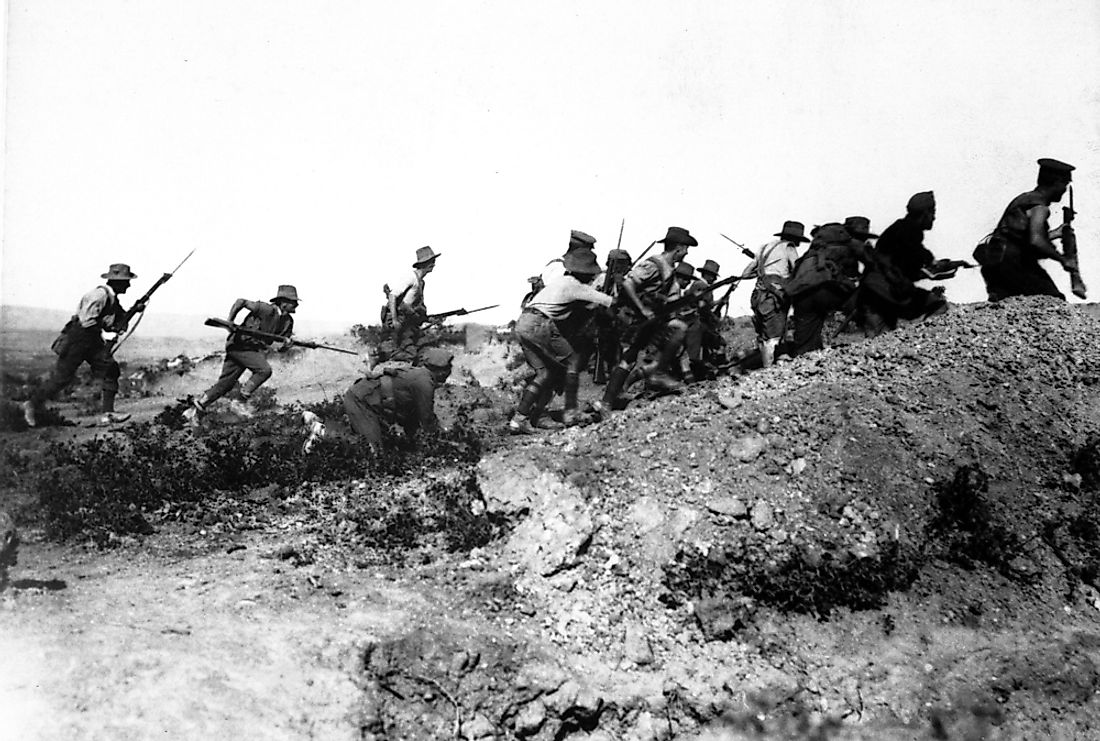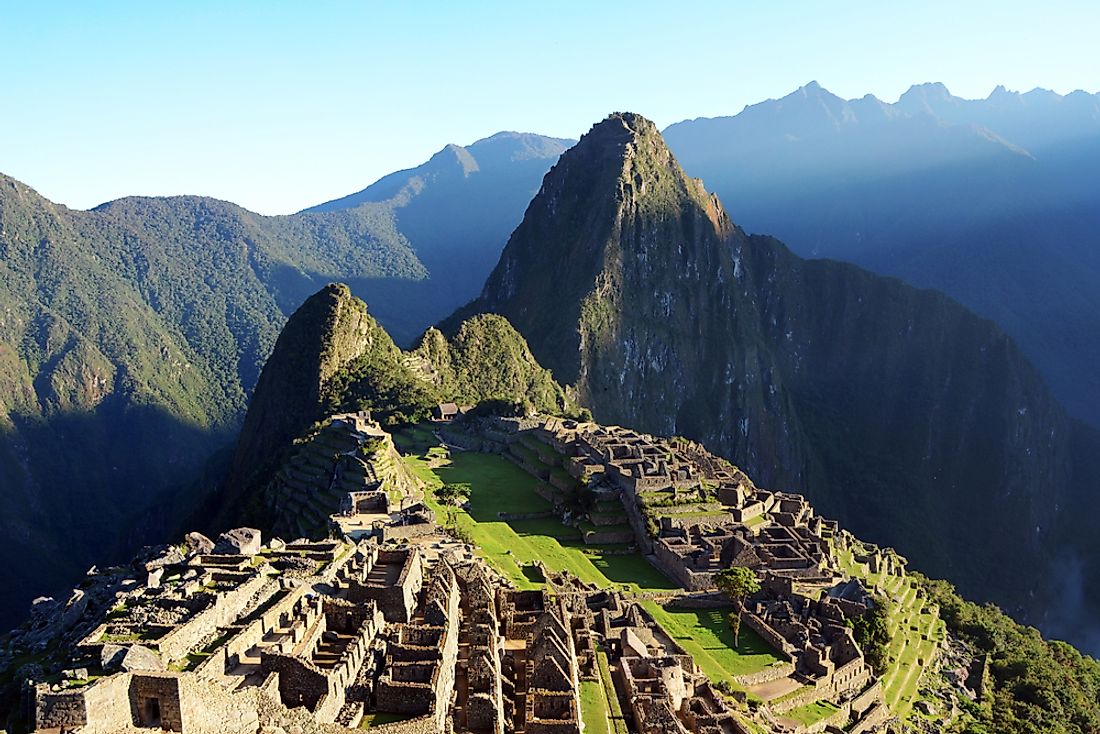What Was the Battle of Gallipoli?

The Battle of Gallipoli, also known as the Gallipoli Campaign, was a battle of World War I that was fought on the Gallipoli peninsula. It was fought between February 1915 and January 1916. Britain and France, who were Russia’s allies, intended to secure the peninsula from the Ottoman Empire. They launched an attack on the peninsula with the sole objective of capturing Constantinople, which is the modern Istanbul, and was the Ottoman capital. The campaign was abandoned after several months of fighting with thousands of causalities on both sides and the invasion forces retreated to Egypt. The Battle of Gallipoli was a major victory for the Ottomans and is considered as a defining moment in the history of Turkey. It formed the background on which the Turkish War of Independence was fought.
Launch of the Campaign
The World War I could not proceed past the Western Front by 1915. The Allied powers were contemplating going on the offensive on other regions rather than continue with the attack on the Belgium and France. In 1915, the Russians requested for help from Britain to help confront the Turkish invasion. In response, the British and the French decided to launch a naval attack to capture the Dardanelles Strait. The attack on the strait began on February 19, 1915. The Turkish met the attack with heavy fire, stalling the advance. However, the allied battleship managed to enter the strait on March 18. The Turkish army managed to sink three of the ships and severely damaged other three.
Land Invasion
In the wake of the failed naval attack, the Britain and French began to prepare for a troop landing on the peninsula. General Ian Hamilton was appointed the commander of the British forces for this operation. He assembled troops from New Zealand, French, and Australian colonies. Meanwhile, the Turks position their troops along the shores where they expected the enemies to land. The invasion of the Gallipoli peninsula was launched on April 25. Although the Allies suffered heavy casualties, they managed to set base at Helles and Gaba Tepe.
Initially, the Allies were unable to make progress as the Turks assembled more and more troops on the peninsula. The troops were drawn from Palestine and Caucus. On August 6, the Allies made another landing, this time at Sulva Bay where they encountered little opposition. However, their indecision and delay stalled their progress, allowing the Ottoman to reinforce their defense.
Evacuating Gallipoli
With the rising allied casualty in the campaign, Hamilton asked for 95,000 reinforcements. However, he was offered less than a quarter of what he had asked for. In October, Hamilton was replaced by Sir Charles Monro who recommended an evacuation of the 105,000 troops. The evacuation began on December 7 with the troops at Sulva Bay. The troops at Helles were the last to be evacuated on January 9, 1916.
Aftermath
The campaign is described in different ways by different historians. Some believe it was a close-fought affair that was a marginal defeat for the Allies while others view it as a stalemate. Yet other believes that the Ottoman resisted the Allies with relative ease. The campaign resulted in approximately 500,000 casualties including 205,000 British, 250,000 Ottoman, and 47,000 French.







